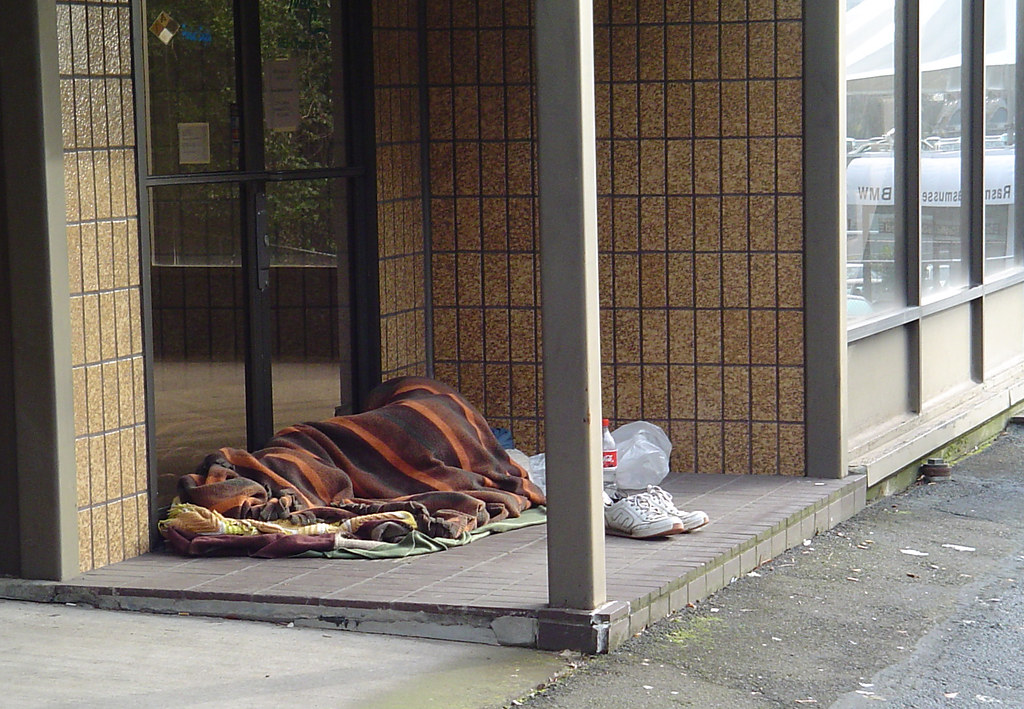Confronting Peel’s escalating homelessness crisis
Peel Region officials demand more funding to address the growing homelessness crisis before the upcoming winter months.
In recent months, cities in the Peel Region, including Brampton, Caledon, and Mississauga, have experienced a rapid escalation of the homelessness crisis. On November 15, 2023, a Mississauga man in his 40s was found dead in a makeshift encampment outside of a shelter on Dundas Street East near Dixie Road. His death highlights the fatal cost of the larger issue of homelessness that largely impacts the Greater Toronto Area.
The 2018 to 2028 Peel Housing and Homelessness Plan recognizes the importance of housing solutions and preventative measures. However, the plan’s ambitious goals are increasingly threatened by rapid homelessness outpacing available resources.
This issue demonstrates a troubling disparity between developed policy frameworks and the harsh realities confronting people in need. Despite the plan’s comprehensive approach to improving housing outcomes over the next 10 years, it is becoming clear that the solutions in place are not enough to keep up with the escalation of the crisis.
According to Peel Region officials, overcrowding has quickly become a heightened issue over the recent months. Shelters in the Peel Region are at the breaking point with the current shelter capacity at 300 per cent. Approximately 68 per cent of those requiring shelter are asylum seekers from various African countries—a significant increase from the previous years’ average of five per cent.
On November 23, 2023, Peel Region accepted C$7 million in federal funding for the provision of an intake centre near Toronto Pearson International Airport. However, when compared to Peel Region’s expenditure of around C$20 million on asylum-seeker assistance from this year, officials say the amount is not enough.
The Restoration & Empowerment for Social Transition (REST) Centres, a non-profit organization helping BIPOC youth overcome housing insecurity, has been working nonstop amidst the crisis. One such youth, Shayesha Steele, entered the foster care system at 15. After leaving the system, she navigated numerous challenges that demonstrate the true impact of the crisis. REST Centres provided Steele with a glimmer of hope that helped her throughout her years in university.
According to CBC News, the growing number of racialized youth at risk of homelessness reflects the combined challenges of high living costs and Ontario’s housing shortage. According to the Association of Municipalities of Ontario (AMO), roughly 200,000 Ontarians wait years for social housing, and at least 99,000 new units are required to meet their need for housing.
In a report published in August 2023, the AMO demanded increases in affordable community housing, base funding for the Homelessness Prevention Program, and community-based mental health and addiction services. According to the report, these actions are critical to addressing the root causes of the Ontario homelessness crisis.
Brampton Mayor Patrick Brown has also called for immediate action, describing the situation as a “humanitarian disaster.” Brown has urged the federal government to provide greater funding as the cold winter months near. Mississauga Councillor Dipika Damerla has also asked the federal government for more financial assistance.
The Peel Region homelessness crisis is complex and requires a plan that can meet its rapidly changing demands. As the winter season approaches, the need to address this crisis becomes more pressing than ever. The recent Mississauga tragedy serves as an upsetting example of the human cost of the escalating homelessness crisis, as well as the critical need for immediate, life-saving measures.

